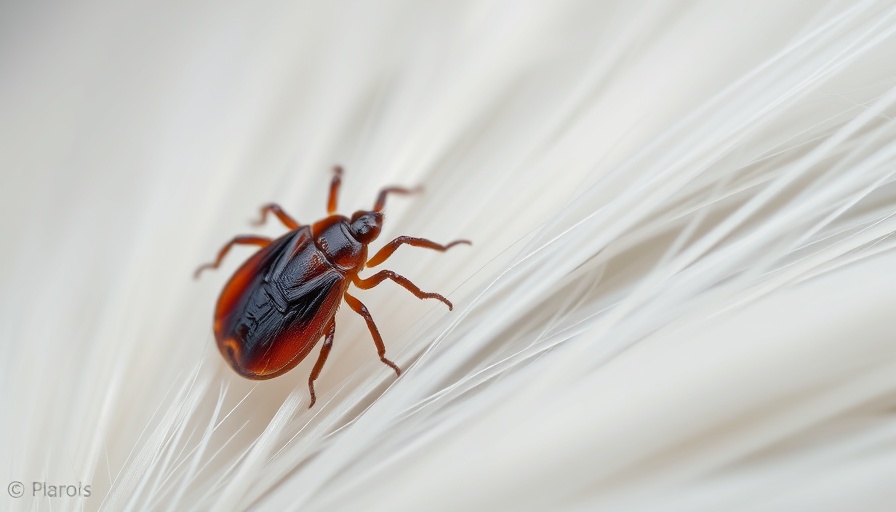
Understanding Skin Issues in Dogs: Ringworm vs. Hot Spots
As a caring dog owner, noticing a patch of weird skin on your furry friend is bound to raise alarms. Among the most common culprits are ringworm and hot spots. While both conditions manifest as lesions, they differ significantly in their causes, appearance, and treatment.
What Does Ringworm Look Like?
Ringworm in dogs appears predominantly as dry, circular patches of hairless skin. These patches may exhibit scales or crusting along their edges, often accompanied by mild itching. Though it sounds alarming, ringworm is a fungal infection and is highly contagious—not just to other animals but also to humans. If your dog gets it, you could be in for a surprise, as it can thrive in damp environments, due to spores present in bedding or grass where infected animals have roamed.
Identifying Hot Spots in Your Dog
In contrast, hot spots are usually much more urgent. These lesions present as angry, red, and moist areas of skin that can grow rapidly in size if not addressed promptly. They are typically very painful and itchy, making it hard for your dog to avoid licking or chewing at them, which often exacerbates the situation. Hot spots are most commonly triggered by bacterial infections resulting from excessive scratching, flea bites, or allergies.
Key Differences: Ringworm vs. Hot Spots
Here’s a quick reference on the differences between ringworm and hot spots:
- Cause: Ringworm is caused by a fungal infection, while hot spots arise from various causes, especially bacterial infections due to skin irritations.
- Appearance: Look for dry, scaly patches for ringworm versus angry, moist lesions for hot spots.
- Contagious: Ringworm is contagious, whereas hot spots are not.
- Treatment: Treatment for ringworm involves antifungal medications, while hot spots typically require antibacterial cleansing solutions or topical medications.
How to Treat Each Condition Effectively?
For ringworm, consultation with your veterinarian is crucial. Antifungal shampoos and oral medications are standard treatments that often require several weeks to clear up the infection completely. Cleaning and disinfecting your dog's environment is also necessary to prevent reinfection.
Regarding hot spots, the approach usually involves keeping the area clean and dry. You may need to shave the fur around the hot spot to allow for better air circulation and facilitate healing. Treatment typically includes antibacterial wipes and possibly antibiotics if an infection has set in. Additionally, finding and addressing the underlying cause—whether it be fleas, allergies, or moisture retention—will prevent future flare-ups.
When to Seek Veterinary Help
If the lesions show no signs of improvement despite home treatments, or if your dog exhibits marked discomfort or additional symptoms like fever or lethargy, it’s essential to consult your veterinarian. Early intervention can help alleviate your dog’s discomfort and prevent further complications.
Preventative Care: Keeping Your Dog Healthy
Preventing both ringworm and hot spots is a critical aspect of pet ownership. Regular grooming not only keeps your dog's coat and skin healthy but also allows you to spot potential issues before they worsen. Ensure your dog is protected from fleas with appropriate preventative treatments, and establish a healthy diet to maintain their immune system.
The Importance of Education in Pet Health
As loving pet owners, being informed about common health issues such as ringworm and hot spots allows us to respond effectively when our dogs show signs of distress. Understanding these conditions is essential not only for our pets’ health but also for keeping ourselves safe from zoonotic infections. By educating ourselves about the signs, prevention, and necessary treatments, we advocate for a healthier community of pets and humans alike.
Taking the initiative to learn about your dog's health can lead to better outcomes for both you and your furry companion. Don’t hesitate to reach out to veterinarians, trusted pet care resources, or even local pet health events in your community to expand your knowledge.
 Add Row
Add Row  Add
Add 




Write A Comment